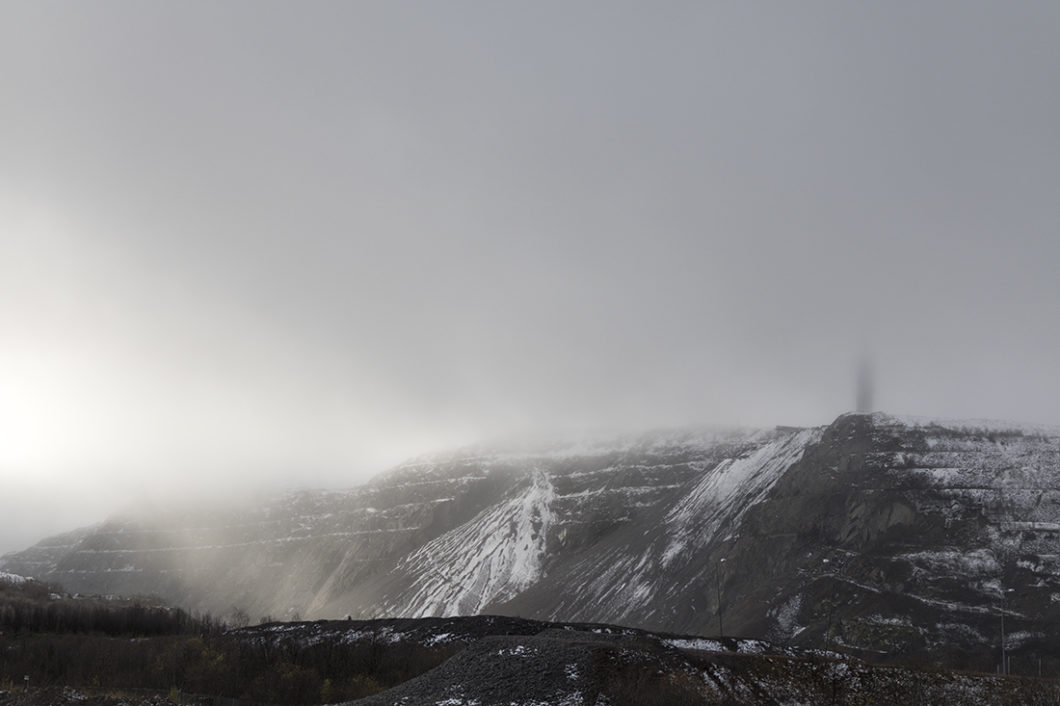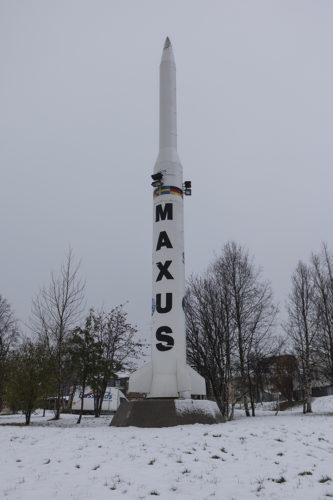Kiruna grew around the ore mines in Kiirunavaara (749 above sea level) und Luossavaara (729 m above sea level).
After the establishment of the Malmbanen – the rail track from Luleå, Sweden to Narvik, Norway, that allowed the export of the iron ore – Kiruna became the most important ore mine in Northern Europe.
A man called Hjalmar Lundbohm became the first managing directer of LKAB, the mining company, and founded the city of Kiruna. He was the strong force behind the development of company and city, and determined the fate of generations of miners.
The never-ending supply of Kiruna’s mines for the global steel market made it a vulnerable target in WWII and led to the Battle of Narvik in 1940.
The city as a habitat is limited, but the concept of a hometown doesn’t apply here. The soil underneath is tunneled and porous because of the mining, the ground is not solid, the town not old enough to have a history. In the next thirty years, the whole city of Kiruna will be dislocated and moved to avoid collapses.
But the sky is as near and accessible as your scientist’s heart may wish. A one hour car ride east, there’s the Esrange Space and Sounding Rocket Range, one of the two most important rocket ranges in Northern Europe.
Here in Kiruna, the human perception stretches from deep inside the soil to the outer borders of our atmosphere. How do you locate yourself, if you can’t grow roots in this thin layer that is your hometown?
.

